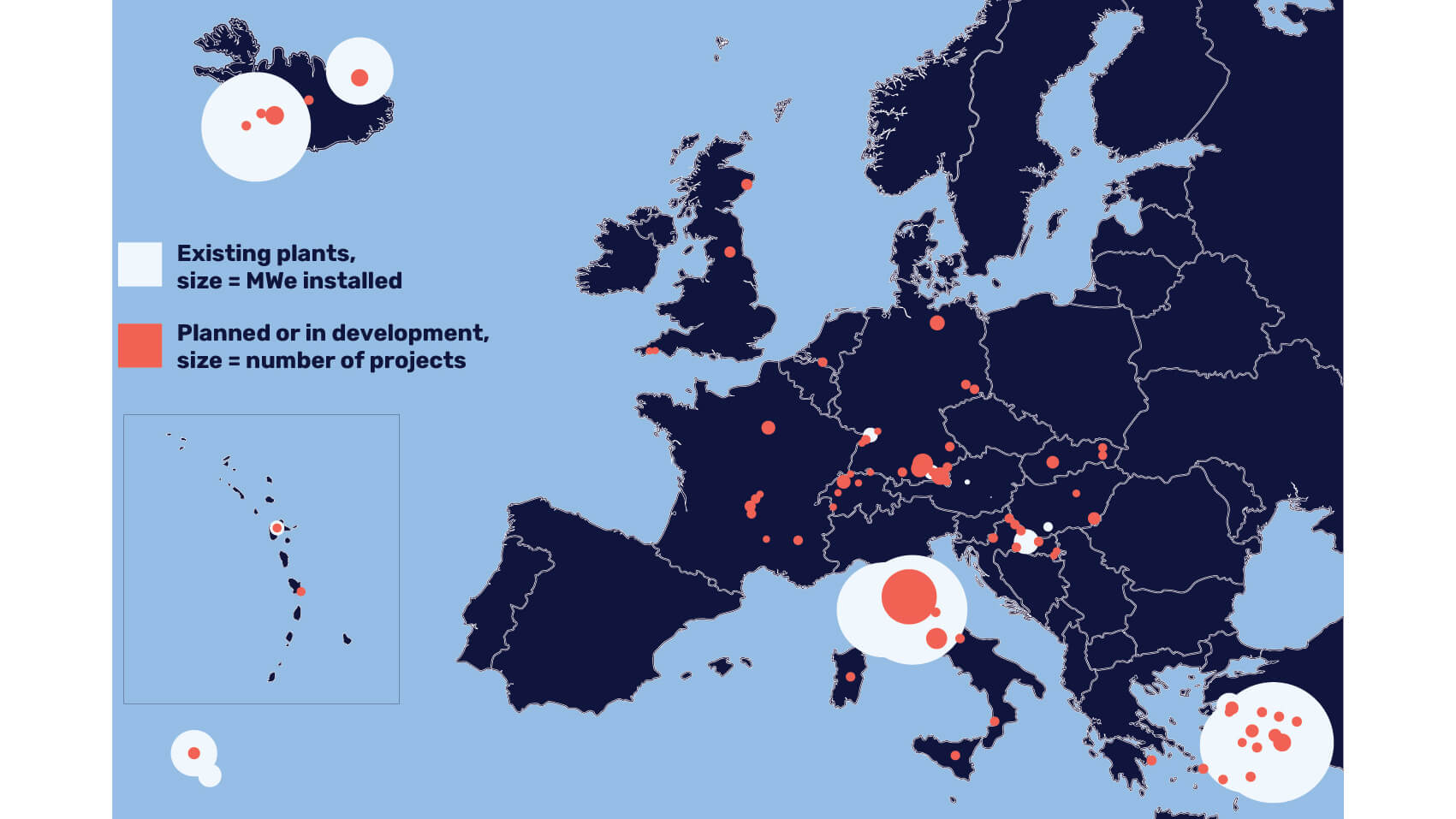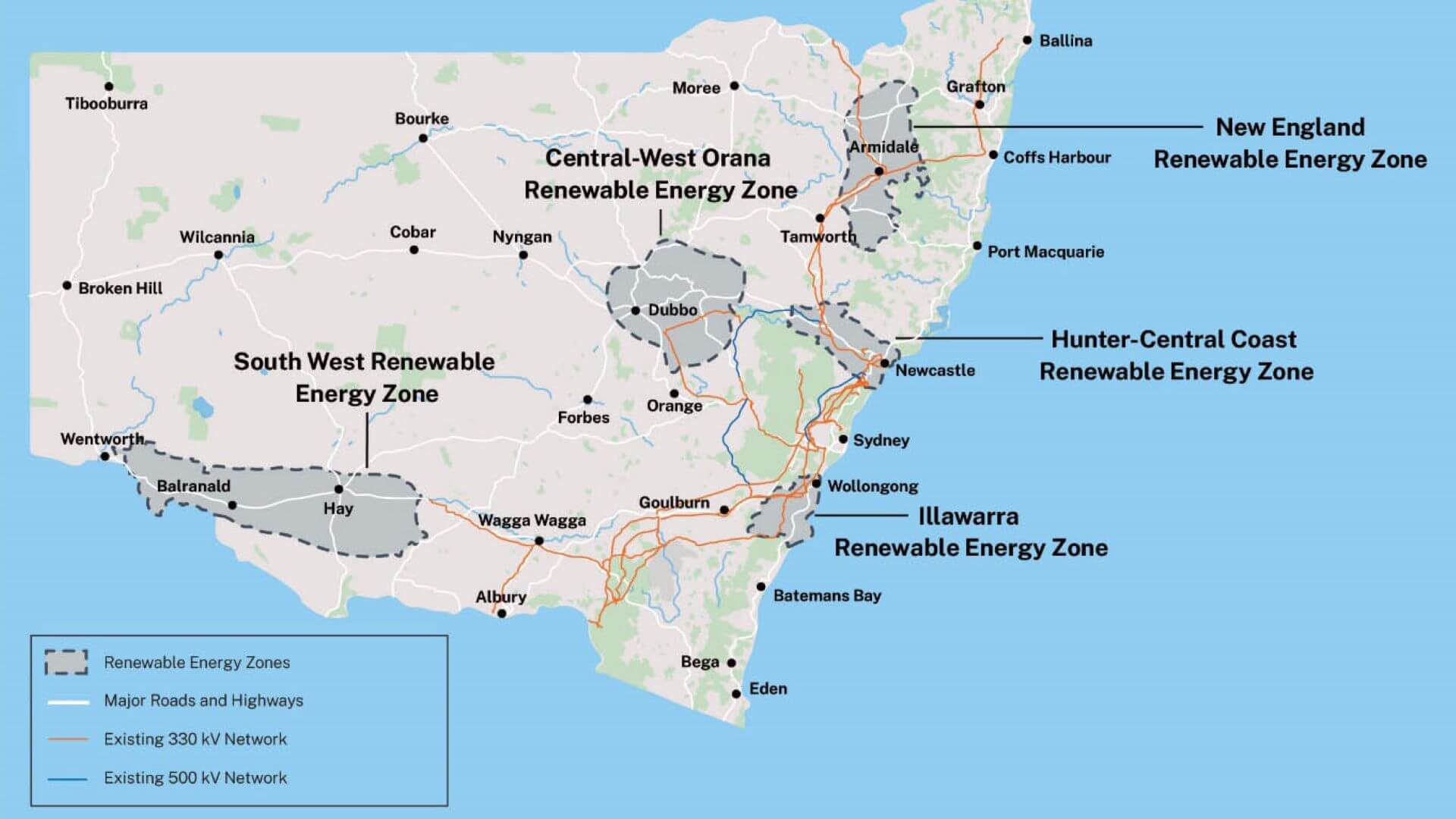UPDATED 1 Sept: The EI library in London is temporarily closed to the public, as a precautionary measure in light of the ongoing COVID-19 situation. The Knowledge Service will still be answering email queries via email , or via live chats during working hours (09:15-17:00 GMT). Our e-library is always open for members here: eLibrary , for full-text access to over 200 e-books and millions of articles. Thank you for your patience.
New Energy World™
New Energy World™ embraces the whole energy industry as it connects and converges to address the decarbonisation challenge. It covers progress being made across the industry, from the dynamics under way to reduce emissions in oil and gas, through improvements to the efficiency of energy conversion and use, to cutting-edge initiatives in renewable and low-carbon technologies.
What’s driving Australia’s switch from coal addiction to renewables?
17/1/2024
10 min read
Feature
Australia’s reputation for foot-dragging on carbon emissions and a locked-in relationship with the coal industry is being demolished as the country transitions to renewables and towards net zero emissions. Nick Yates, Founder of Sydney-based Flexity, explains why this is happening faster than most could imagine.
States throughout Australia and the national government have signed up to a forward-facing strategy which will see ‘King Coal’ dethroned by low-carbon generation in the 2030s. One of the key drivers of the transition is the creation of Renewable Energy Zones (REZs) – virtual power stations on a massive scale, designed to replace coal-fired plant directly. They are an integral part of a much bigger strategic push, designed to revolutionise every aspect of energy in Australia.
Australia’s radical change in energy strategy springboards on the decarbonisation strides taken by individual state governments. Record-breaking floods and droughts are no longer seen as freak events. There is increasing realisation that they are likely to get worse, causing untold misery and financial losses.
Investment strategy revolution
In November 2023, Australia announced its Capacity Investment Scheme (CIS), designed to transform the relationship between national and state governments, with far greater involvement at national level in energy strategy and investment. The scheme aims to supercharge the replacement of coal with clean energy solutions with much greater inter-regional connectivity.
The CIS is part of a much wider strategy put forward by the Australian Energy Market Operator (AEMO) in its Draft 2024 Integrated System Plan for the Electricity Market. It outlines ‘the lowest cost pathway of essential generation, storage and transmission infrastructure to meet consumers’ energy needs for secure, reliable and affordable energy, and to achieve net zero emission targets’.
AEMO adds: ‘With coal retiring, renewable energy, connected by transmission, firmed with storage and backed by gas, is the lowest cost way to supply electricity to homes and businesses through Australia’s energy transition.’ The development of REZs is among the most immediate manifestations of this national change in direction.
Renewable Energy Zones
REZs combine renewable generation, grid-scale storage and high-voltage transmission infrastructure in clusters, near to industrial complexes and population centres. These will be linked by supergrids. A total of 41 potential REZs have been identified nationally. Initial projects total 32 GW – 23 GW of green generation, plus 9 GW of storage available for ‘firming’, ie import/export and load balancing.
The generating components of each REZ are based on whatever low-carbon technologies are most suitable locally. So, they may include solar, onshore wind, offshore wind and hydro, for example. The storage and firming elements are also regionally determined and may include anything from grid-scale batteries to pumped water storage and hydrogen. All will be linked by major improvements to transmission and distribution networks, both locally and between states.
The development of REZs [Renewable Energy Zones] is among the most immediate manifestations of this national change in direction.
New South Wales is planning to attract (US*)$21bn of private investment to create five REZs. One of the first will cover 7,727 square miles – almost as big as Wales, UK. It is projected to create 6,300 construction and 2,800 permanent jobs, generating 3 GW – 25% of the state’s demand, together with mass storage.
Other states are pressing ahead with REZ programmes too, creating thousands more jobs and economic activity. Queensland has a $41bn plan to create multiple REZs and build Australia’s largest supergrid. It aims to be 70% renewable by 2032 and 80% by 2035, with 25 GW of green generation and storage. Victoria is building the Melbourne Renewable Energy Hub as part of 4.5 GW clean energy programme. One of the first investments is a $660mn battery storage facility.
The death of King Coal?
AEMO’s Integrated System Plan, subtitled A roadmap for the energy transition (see Fig 1), predicts that coal used for electricity generation will halve in the next six years and be gone altogether by around 2038 – a decline so rapid that investment in renewables and firming capacity must be fast-tracked to keep up with demand, according to the plan.

Fig 1: Historic and predicted sources of Australian electricity generation
Notes: Flexible gas includes gas-powered generation and potential hydrogen and biomass capacity. ‘CER storage’ are consumer energy resources such as batteries and electric vehicles.
Source: AEMO
Gas-fired generation will actually increase in the short term, but at around 10% of total capacity by the late 2040s, I believe that is manageable with a combination of carbon capture and offsets. Perhaps most remarkable is that alongside utility-scale wind and solar, domestic and small business solar and batteries are expected to play an increasingly significant part in the energy landscape.
Around 30% of Australian homes already have solar and numbers are rising steeply. Increasing numbers also have batteries. In 2023 they produced up to 12% of electricity nationally and there is growing interest in grouping them into virtual power plants (VPPs) – effectively community REZs – which would serve both local communities and trade electricity with regional grids.
The pace and scale at which Australia is transitioning to low-carbon generation is breathtaking. The capacity of grid connected battery storage projects slated for 2024 is forecast to exceed the total capacity of wind and solar projects. This is far more than the 10% or so traditionally suggested for firming, and an indication of the scale of future distributed energy resource (DER) installations.
But REZs are only part of the big picture.
Transforming transmission and distribution
Australia’s transmission and distribution infrastructure has traditionally been managed on a state-by-state basis, with some connections between them. The new strategy calls for the development of a much more integrated grid, connecting state networks into a regional supergrid that embraces all renewable generation and storage/firming sites. This is rightly seen as essential for balancing supply and demand, as well as reducing the need to deploy gas as a backup generating resource.
Transforming Australia’s energy system presents two specific challenges. The first is controlling voltages in a system that is radically different from the conventional model of big fossil fuel power stations, pumping out predictable supplies to passive consumers with predictable patterns of demand. Australia’s new energy domain will comprise thousands of sources of electricity, often intermittent, serving customers who may be power producers as well as consumers.
The second challenge is communication and control. Integrating previously localised power networks into a well-managed super-system needs an overlay of technologies which enable managers to keep the whole system in balance – drawing power from where it is available (including REZs and VPPs) and despatching it to where it is needed, in an environment which is more dynamic than ever before.
The transition race is on
The concept of REZs is not unique to Australia. Many countries are embarked on this course to a greater or lesser extent, with various forms of regional energy hubs. What is unusual, however, is the urgency with which Australia has committed to rolling them out at scale and overcoming its historic economic addiction to fossil fuels.
Australia’s new energy strategy is driven by its recognition of the economic opportunities of the green transition, as much as addressing the need to mitigate climate change.
For example, the Australian economy is heavily resource-centric and currently enjoys a considerable export market in coal, which needs to be replaced in the low-carbon future, as that market recedes. Exporting green energy is the opportunity, either directly via a subsea cable to Singapore, or indirectly in ammonia, as the transportable form of hydrogen.
When green hydrogen can be produced on a large scale by electrolysis, using plentiful low-cost renewable energy, it overcomes the efficiency argument against its use. Because if input energy is virtually unlimited and at extremely low cost, efficiency is barely an issue.
Using renewable energy in this way will also deliver a shot in the arm for the existing Australian resource export strategy, by enabling industries to process raw materials in-country, at lower cost than they can currently achieve.
An example to the world?
REZs are a means to an end: a considered way of achieving the flagged ‘tripling’ of the energy infrastructure in the most manageable way, while capitalising on Australia’s natural advantages in available resources, high insolation, great wind and wide-open spaces.
Australia’s recent progress on REZs is in stark contrast with the UK, for example, where long-term energy strategy appears somewhat piecemeal and uncertain. A proposal in the 2010s to designate the Isle of Anglesey as an ‘energy island’ attracted headlines for its potential to power much of Wales and north-west England. The vision was of harnessing the massive tidal flows, together with onshore wind and recommissioning the Wylfa nuclear power station. But it remains at the report stage.
Although many Australian REZs remain proposals and are yet to be green flagged, the takeaways from Australia’s experience must be that there are more evolved strategies, beyond just pouring taxpayers’ money into wind and solar farm subsidies. It’s more about political will, joined-up thinking and strategic drive, starting with the acceptance that failing to decarbonise energy would be a disaster on every level.
The next step is recognition that transitioning to renewables is the road to very long term, sustainable, secure and affordable energy. That it is worth doing for purely economic reasons, while meeting the environmental imperative. Then there’s a clear roadmap of what needs to be done by when, including storage and transmission. And finally, create a mechanism for prioritising initiatives and attracting investment, so things get built without delay. Literally, everyone wins.

Transitioning to renewables is the road to very long term sustainable, secure and affordable energy – map shows locations of Renewable Energy Zones in New South Wales, Australia
Source: EnergyCo
Nevertheless, the creation of REZs, as part of Australia’s wholesale green transition, has its challenges. There are still vested interests and powerful advocates for coal. But there are signs those entities are shifting their investment strategies towards green energy. There are still climate change deniers and people who argue that the transition is unaffordable. There is a mature social licence agenda to respectfully engage with Aboriginal land that would be affected. And there are formidable technological challenges, as well as opportunities, in replacing a localised, coal-driven electricity system with a fully integrated, interconnected, high availability low-carbon infrastructure.
One thing is certain. Lessons will be learned from Australia’s experience of transition, both at home and abroad. We hope those lessons will be an inspiration.
*All $ are US$.
